Update: In the interest of full disclosure another solution eventually displaced this digital medium format system. More specifically a lens. But the film sibling remains. The 645D is still a wonderful camera that scratched that digital medium format itch and I would highly recommend it. But I landed in a space of use case duplication and a reduction of kit was in order. That being said I still stand behind everything written below.
Since I wrote this post I have used the 645D for a wedding as second shooter by special request of the primary shooter and the groom. That post is here:

Now back to this post.
Welp. I finally managed to get my mitts on a medium format digital camera to review. I have only once seen a Pentax 645 digital camera in the wild and then only briefly. This is a big day around these parts. Be warned. This is a bonified ramble fest. May be hard to tell due to my stoic demeanor but I am quite excited. Buckle up.
Disclaimer
These are all just cameras. Whatever camera you have on you is just fine. I enjoy testing different cameras of many varieties as a distraction and as therapy.
Another vintage digital post. As with an Olympus MFT bender a while back or the Fujifilm X100S more recently the distraction is to answer a question that no one asked me.
Could one get on just fine with an older camera?
It means sacrificing the latest and greatest specs, while also most likely saving themselves a good chunk of change. Or would the sacrifices of the former be too great, meaning you would be better off saving towards newer gear? I tend to lean towards older gear unless you have a technological justification for the newer gear, which many do have. I am fortunate in that I do not. Personal preference.
Topic At Hand
According to the manufacture date, over 10 years ago, this camera definitely qualifies as vintage digital.
| Camera | PENTAX 645D |
| Manufacture Date | 2010:05:25 |
Sidebar: If you ever want to confirm the manufacture date and shutter count of a Pentax digital camera use this Pentax Forums link and upload a JPEG taken with the camera.
I recently wrote a post about this camera’s film predecessor, the 645N.
As stated in that post I had been on a search for the best of all worlds in a medium format film camera with the following attributes.
- Great lenses.
- Decent AF.
- Useful auto exposure.
- Solid build.
- Reasonable price… for camera and lens.
I argue at the conclusion of that post that the 645N meets the requirements above.
Well, here we have ourselves a coincidence. After a bit of a drop in used prices, I recently realized that the 645D meets these requirements as well. I must also say that I have expectations for a digital medium format solution that may not align with others. But I am getting ahead of myself.
What I Am Looking For
- A larger than 35mm sensor surface area-wise.
- To me a larger image capturing surface area lends itself to a look that I find pleasing. Part of the point of this post is to see if this is an actual thing in the real world.
- The blurry background is not the main target. There are numerous wide aperture lenses at nearly every price point that can produce all the background blur and subject isolation you could ever want. But to my eyes medium format, while not magical, still has a unique look that all of the bokeh in the world does not match. The only way I have been able to try and describe it is subject isolation at a distance. I saw it with a picture I took of my, now dearly departed, Father on my first roll of medium format film, and I was hooked.
- A digital sensor to put behind existing or affordable glass.
- A good deal on a camera is pointless if I do not have nor can I afford to put glass in front of it.
- Autofocus.
- Usable AF preferred.
- A viewfinder.
- Looking at you 907x.
- As stated above a “reasonable” price.
- Lenses and body. A marked down camera does me no good if I cannot afford the glass to put in front of it.
While we are setting ground rules…
What I Am Not Looking For
- One camera for all things.
- Not necessary to be a speed demon or a 4K video monster. Stills photos is the ask.
- All the MP.
- I learned years ago that for my purposes 24MP does just fine. Have made do with even less. 40MP is just fine.
Before I get to talking about the 645D in further detail let me get the “How abouts?” out of the way.
How About…
How about the GFX 50SII?
- While I appreciate Fujifilm bringing medium format to the masses with the lower-priced GFX 50SII $3,999 is still a dear sum for a camera that, while capable, cannot serve as a one camera solution due to older contrast only AF and lacking 4K video tech and too expensive to be a one-off stills solution. If those two items had been included I am sure I would have traded everything and the kitchen sink by now. But as it stands I see it as a stills solution requiring other cameras in my image capturing quiver.
- The lenses are priced appropriately given their spec and newness on the market, but the cost required to obtain the glass that really makes the case for this solution is still quite expensive for a system that will not be a primary solution.
How about the GFX 50R?
- See above GFX 50S II listing, but lose IBIS and change the price to $2,999… and this just in. Now listed as discontinued at B&H.
- While I like the rangefinder body style in theory, I think a DSLR body style works out better once you enter the medium format camera size class.
- To be honest this was one affordable f/2.8 75mm or so prime lens and short tele zoom lens from being the one.
How about the Franken-Blad?
- Still an awesome solution and relatively affordable, but AF would really be nice.
How about Foveon land?
- In my opinion, it holds its own against medium format film detail, color, and tone-wise as mentioned in the linked comparison above… Yeah. I have got nothing else. I could stop here if I were a reasonable man, but I am not.
How about the Hasselblad 907x or other digital backs for a Hasselblad V body?
- So much money.
- Money.
- Expensive.
- No viewfinder.
- No AF. (With legacy glass. 907x AF glass is quite expensive.)
- Other than the 907x your only choices are on the used market, at prices that usually exceed the 645D for just the back. You would still need a camera.
- That being said if I had the disposable income required I would have one.
How about the Pentax 645Z?
- It brings video (Not why I am buying a medium format camera.), higher ISOs, and an articulating screen which are all notable, but not worth the additional $1,000 for a clean copy when I am looking for a straightforward, minimalist stills solution. Personal preference. No wrong choice between the two in my opinion.
How about the Pentax K-1?
- For this camera, I wrote a whole blog post on why it may keep me from ever getting a medium format digital camera. Still a fair point, but prices have adjusted recently. K-1 prices came up a little and 645D prices have dropped a bit to where these cameras almost overlap price-wise. Add in vintage native lens compatibility for both and things get muddied further. I could go for either.
- But there is still something else I am looking for outlined below.
How about the Sony A7RIV?
- Theoretically, this should have been it for me. A lovely 61MP beast of a camera. The full-frame foil to the 50MP medium format cameras. Team it up with a fast lens like the Sony G Master 50mm f/1.2 and you are good, right? Not for me. Because…
I am after the larger sensor look, not more MP. I have previously mentioned an Ellen DeGeneres joke from her stand-up days. She is at a hotel and asked room service for shampoo and they gave her lots of conditioner because they were out of shampoo. The punchline is when she says,
“You do understand that no matter how many bottles of conditioner you bring me, it does not make it shampoo.”
That is the way I feel about the last few cameras. Fantastic cameras all. But no matter how rich the colors (Foveon), how big the apertures (Pentax and Sony), or how many MP (Sony) they are still not medium format cameras.
Back To The 645D
It asks of you exactly four sacrifices.
- 1 fps.
- No video.
- No Live View.
- Humorously long memory card write speeds.
That is it. And I personally counter those with a proper perspective. I look at it as a digital upgrade to the 645N rather than trying to compare it to recent digital offerings.
The primary objective is putting a medium format digital sensor behind a medium format lens with AF and AE.
What I like about this camera.
- Value
- This is a 40MP medium format digital camera with a price in the same ballpark as full-frame cameras with the same or better MP count used or new.
- Add in the inexpensive lenses available and it makes for an even better value.
- Accurate auto exposure
- Important for a CCD sensor and it delivers here. Very accurate.
- Autofocus
- Swift and accurate. Usable in low light. Only 11 focus points, but they are phase-detect and play well when focusing and recomposing.
- CCD Sensor
- Some have compared CCD sensors to film advantages and shortcomings and so far I would agree.
- Advantages
- Film-like color rendering with many comparing it to chrome film.
- Disadvantages
- CCD tech is largely why this camera does not video and Live View capabilities.
- An ISO range that is narrow, 200 to 1,000, compared to modern cameras.
- Advantages
- For me, I really like the look and the colors are amazing.
- Some have compared CCD sensors to film advantages and shortcomings and so far I would agree.
- Battery compatibility.
- Takes the exact same batteries as other Pentax DSLRs, like the Pentax K-1.
- Lens compatibility
- Works great with new lenses as well as older film-era glass. AF lenses even get lens correction profiles in camera.
- Manual focus lens compatibility.
- Not only can you use the manual focus Pentax 645 lenses, but you get focus confirmation.
- Additionally, I have noticed that there are inexpensive adapters allowing you to use other lenses like Hasselblad V lenses if you wish. This should be the same field of view one would get using a Hasselblad digital back or mirrorless body since they have the same sensor size. I would imagine that focus confirmation would work with these lenses as well.
- Form factor.
- Small, and relatively lightweight DSLR like form factor. Great grip and very familiar in hand.
- Side tripod mount
- Not only is it handy for portrait tripod work, but it is also great to use with a Black Rapid strap.
- Two SD Card slots
- Ergonomics
- A control layout any Pentaxian would love. Dual dials front and back along with switches and buttons for nearly every function and a massive top screen are all there as you expect of a Pentax.
- Aesthetics
- Not a bad looking piece of kit either in my opinion. Will not win any awards… Wait. Turns out it won a few back in its day. But a solid looking device.
- TTL flash compatibility.
- Pentax is known for cross device compatibility, but I have tested this out and this over 10 year old camera is perfectly compatible with the Godox/Flashpoint system. Everything works as well as it would on any modern digital camera. I have tested them all.
- On body TTL
- Remote trigger TTL
- On body and remote HSS
- Pentax is known for cross device compatibility, but I have tested this out and this over 10 year old camera is perfectly compatible with the Godox/Flashpoint system. Everything works as well as it would on any modern digital camera. I have tested them all.
Yes. Yes, it is. A film-era Pentax medium format camera communicates perfectly with a modern digital era aftermarket flash. What’s more that should mean that it will work Godox/Flashpoint’s remote flash system also.
So as I said in that last 645N post:
We now have a multi-function autofocusing, multi-zone auto exposure, medium format film digital camera with accurate TTL flash available. With all dials and switches set to green it is the mother of all point and shoot cameras.
A practical impractical camera.
Lens Addendum
A camera is no better than the lenses available for it, and Pentax comes through here as well. Below I list the same lenses that I did in the last 645N post.
SMC Pentax-A 645 150mm F3.5 (Manual Focus)
SMC Pentax-A 645 75mm F2.8 (Manual Focus)
SMC Pentax-FA 645 75mm F2.8 (Autofocus)
SMC Pentax-FA 645 80-160mm F4.5 (Autofocus)
Digital Medium Format “Look” Addendum
I mentioned this above. And I am going to mention it again. With the smaller than true 645 sensor (56.0mm x 41.5mm | 0.62x crop vs 43.8mm x 32.9mm | 0.79x crop) do I believe the medium format look is retained here?
To my eyes yes.
Here are two images taken about ten minutes apart using the same lens. One was taken with the 645N and the other with the 645D. Looking more at the image as a whole rather than things impacted by the film used, like the colors, the 645D does retain enough of the medium format look I am looking for personally.
That being said could this look be reasonably replicated with fast glass on smaller sensors… For reasonable folks yes.
Of which I am not one.
Other Odds And Ends
A digital transition. Years ago I wrote a post about the Maxxum 7 and its digital successor the Maxxum 7D.
The 645N and 645D remind me of those two cameras. Very similar, with the major difference being film versus a digital sensor. But where the rebranded Konica-Minolta 7D felt a bit less well built than the Minolta 7, the 645D feels a bit more all of one than the 645N. That is a first for me, where a digital variant feels a bit more stout than it film predecessor.
Normal
What really strikes me about this camera is how “normal” it is.
Sidebar: Personal preference, but for me a contradiction arises as medium format cameras increase in functionality to the point that they could be used for everything. Even daily use. Once they (They? One camera model really.) reach that level of functionality (IBIS, phase detect AF, 4K video, etc.) they are expensive enough that I would not feel comfortable using them everyday even if I was fortunate enough to acquire one. Again. A condition specific to me. Your mileage may vary.
It is much like any other DSLR you might pick up. Some items I have mentioned already.
- Flash Support
- Full Godox/Flashpoint Pentax TTL flash and remote flash support including HSS.
- Batteries
- Same battery used for my other Pentax camera.
- SD Cards
- Regular old SD cards, with 2 slots at that.
- Size and Handling
- Not that much larger than some DSLRs and controls are similar to any Pentax DSLR.
- AF
- Phase detect autofocus is as responsive as any DSLR I have used.
- Lenses
- Small, light, excellent image performance, and affordable glass.
- Experience
- Feels great in hand and has one of the most pleasing shutter sounds around.
- Ergonomics
- Nearly any function you want to adjust, and some you would not think of, have dedicated buttons or switches.
- Shoot the way you want
- Want a medium format point and shoot? Set everything to green and hand it off to anyone.
- Want to shoot manually? Take everything off of green and shoot manual while retaining aids like focus and exposure confirmation in the viewfinder.
- Want Aperture Priority, Shutter Priority, or some other combination of automation? It is all there.
- Lens Profiles
- In Camera: Film era FA autofocus lenses get in camera lens correction profile support along with newer FA2 lenses.
- Lightroom: Again, to my surprise, the 75mm f/2.8 and 80-160mm f/4.5 lenses have lens correction profiles in Lightroom.
- CCD Sensor
- I will not say much here as I have no interest in the CCD vs. CMOS debate. Both have their advantages, but after reviewing some images I do admit that the Kodak CCD sensor in use here does create a very pleasing image requiring very little touch up work.
Result?
The same as the 645N essentially, but in digital form.
A solid performing medium format film digital set up with full automation for considerably less all in than some 35mm film full-frame digital cameras.
To add to this it is a medium format camera, usually seen as exotic and unattainable, that is so straightforward that it could be used as a walkabout camera. Well done Pentax.
Conclusion
Is this a reasonable choice?
No.
Am I saying this is a must-get and no other solution will match it?
Definitely no.
If you are not afflicted with a medium format obsession flee now while you have a chance. There are plenty of great full-frame and crop digital cameras on the market.
But if you are looking for the lowest price entry point to medium format digital stills photography the 645D will more than do just fine. It is a joy to use and is capable of creating some great images. There are sacrifices to be made, but that is true of all cameras. If you can make peace with those sacrifices you will have a stellar image capturing device in your hands.
Here are some recent sample photos. The first few added later to this post are from a wedding shot where I was the second shooter. The groom, Manu, is a photographer and this camera was brought by the special request of Wilson, the primary shooter.
And back to the everyday samples.
…along with a link to an ongoing gallery.
Happy capturing.
-ELW









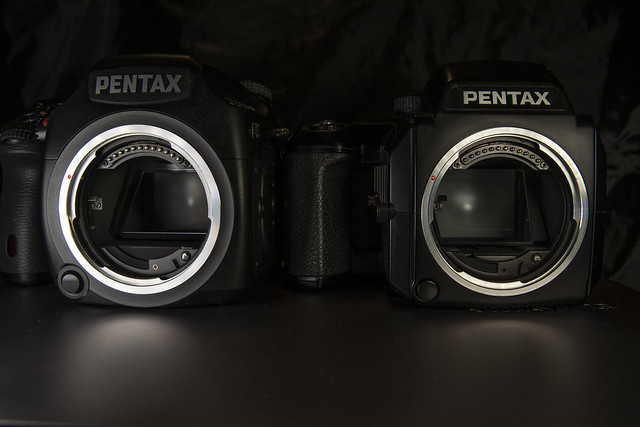


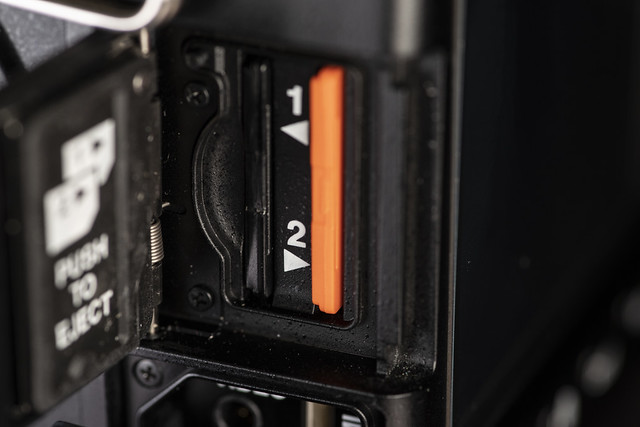
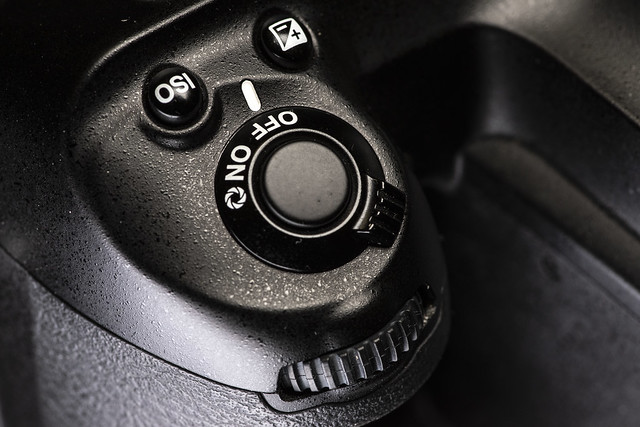
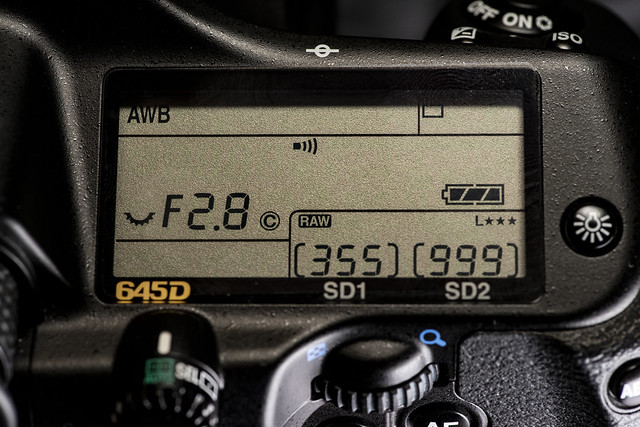

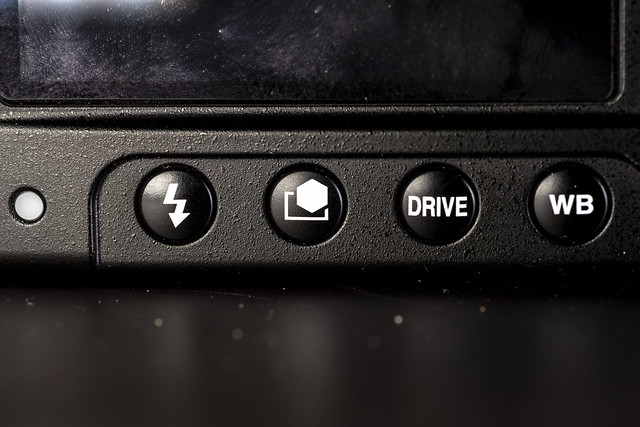
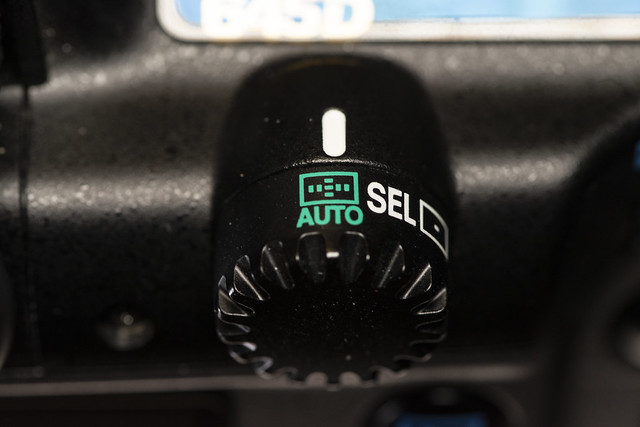





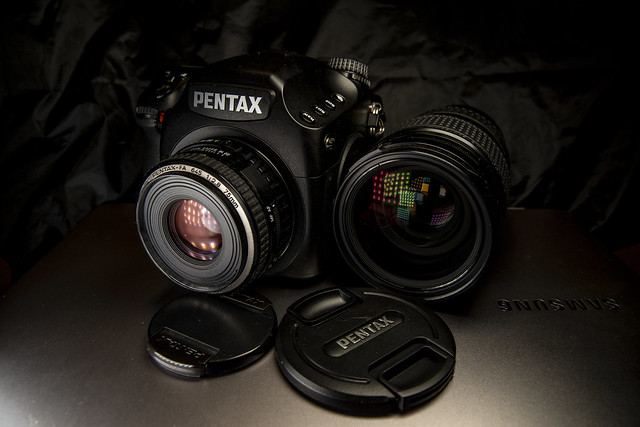

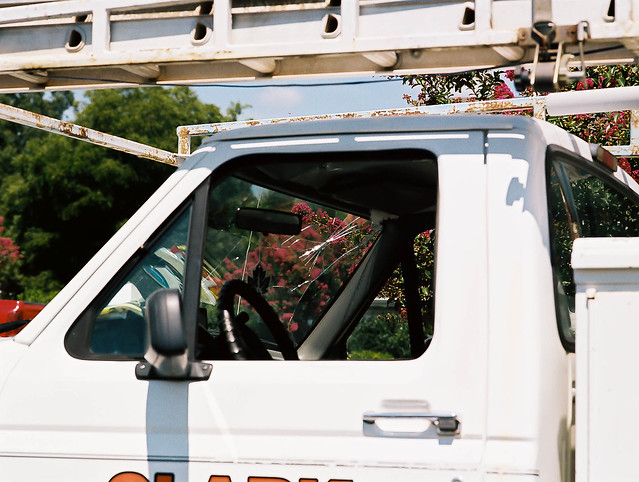

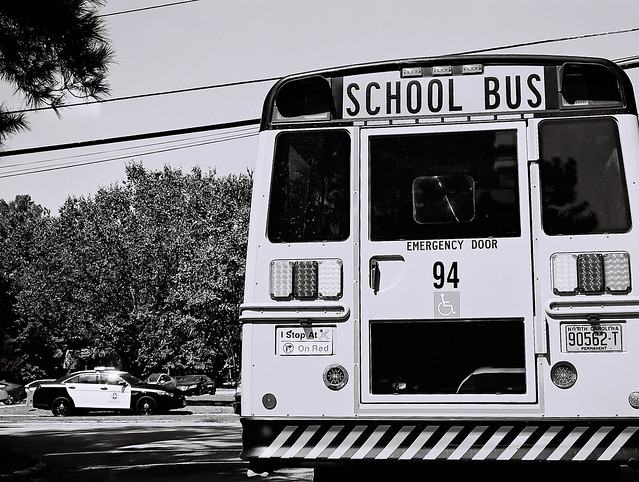
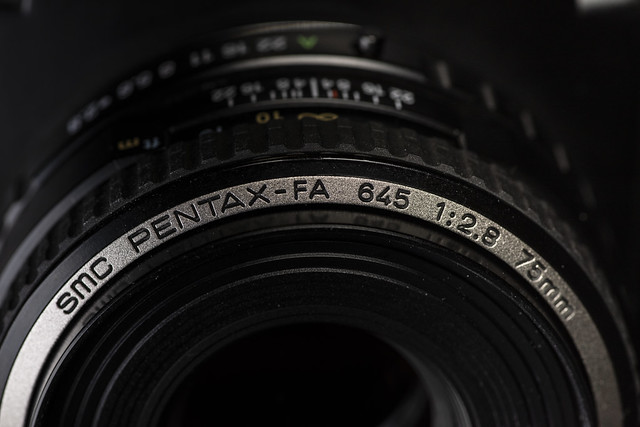

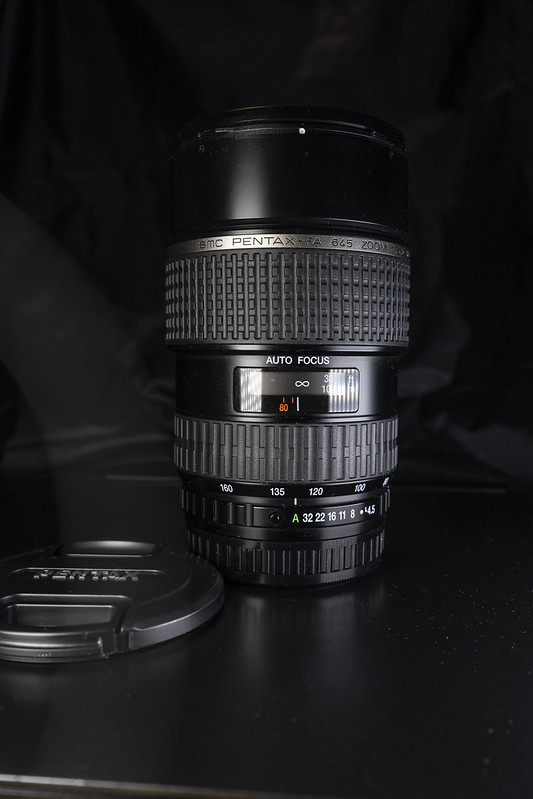
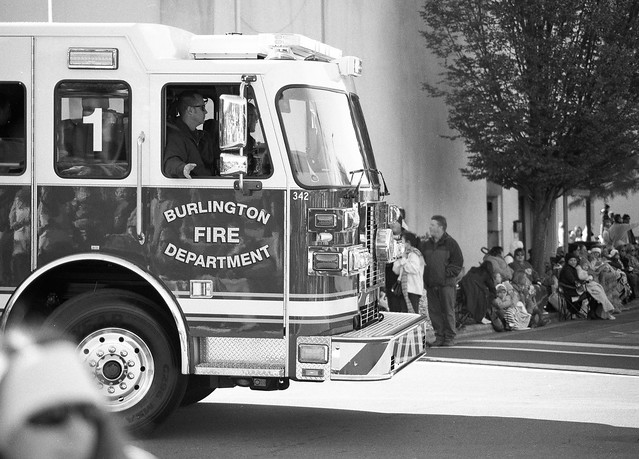

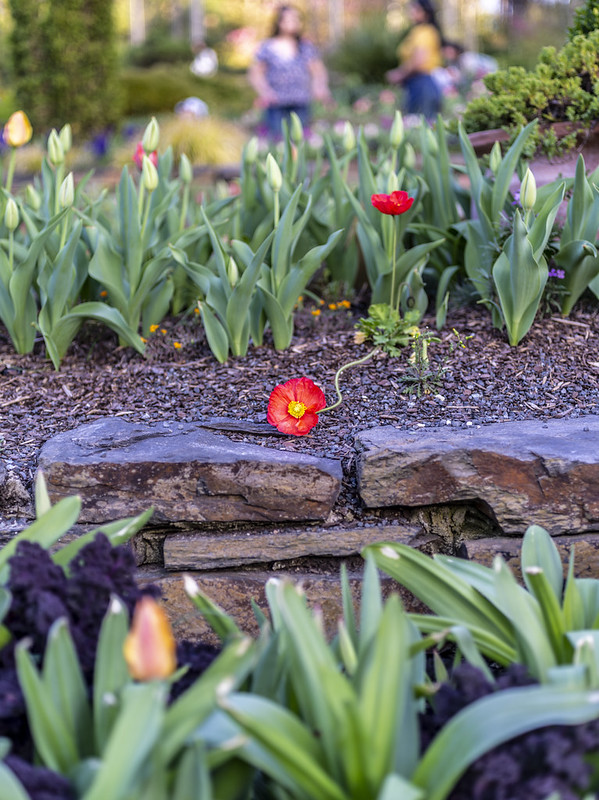
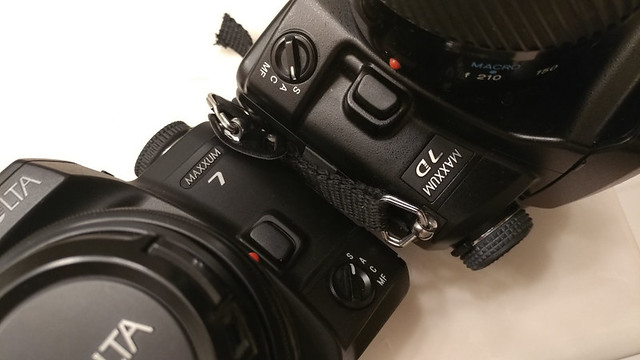




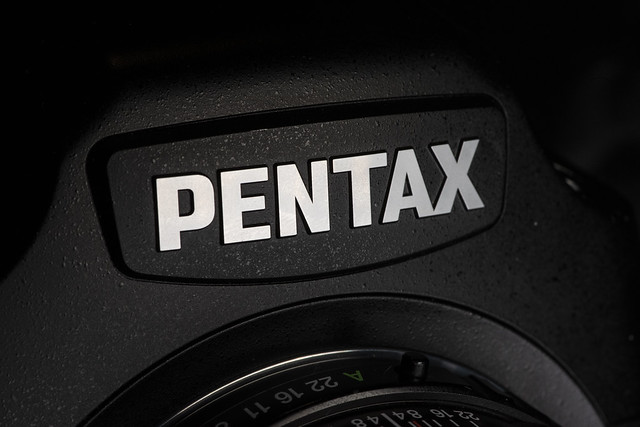
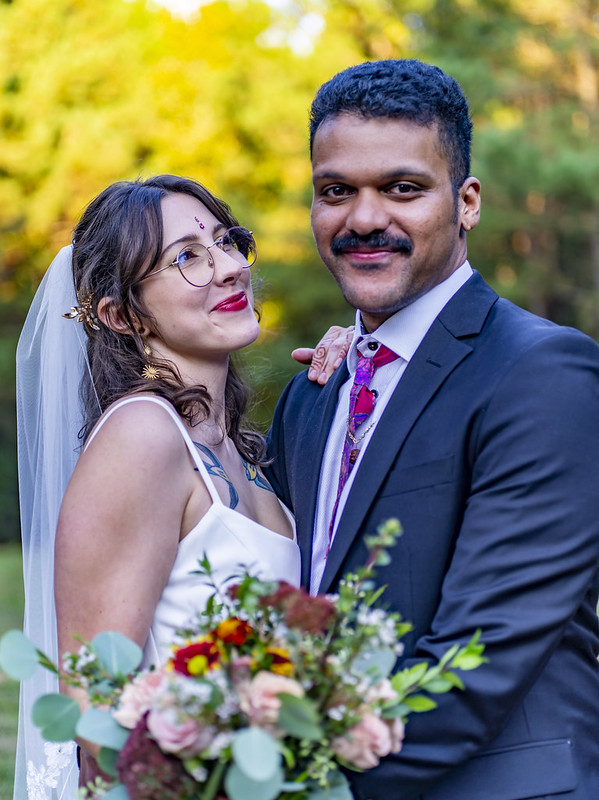

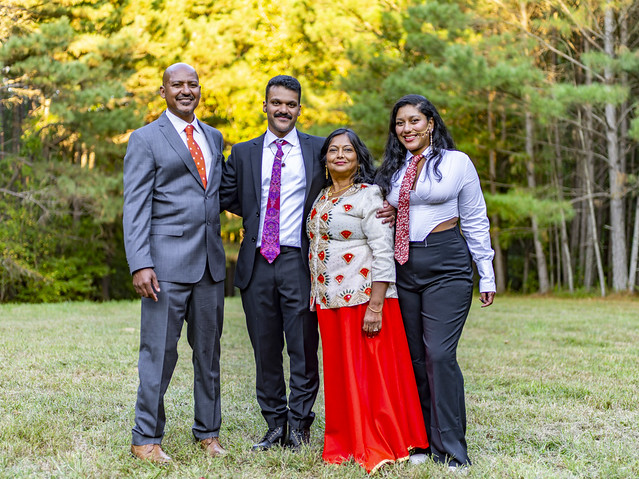
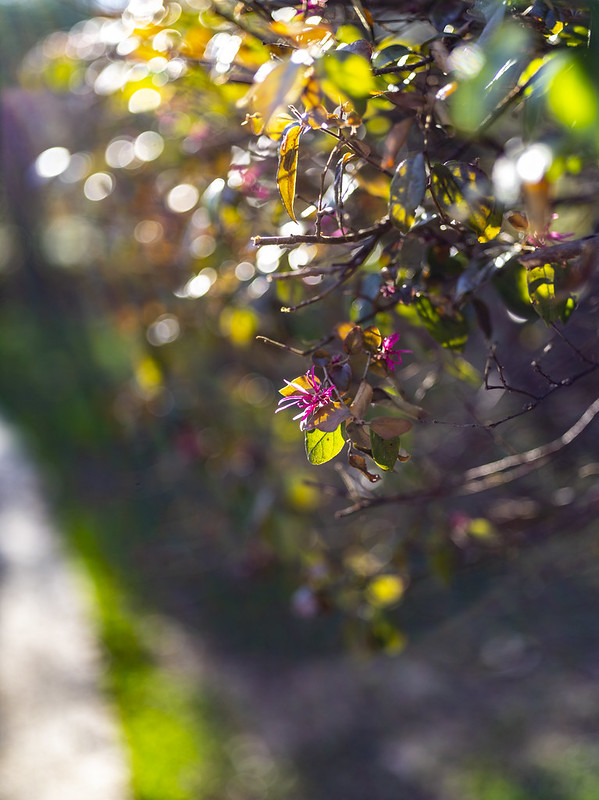

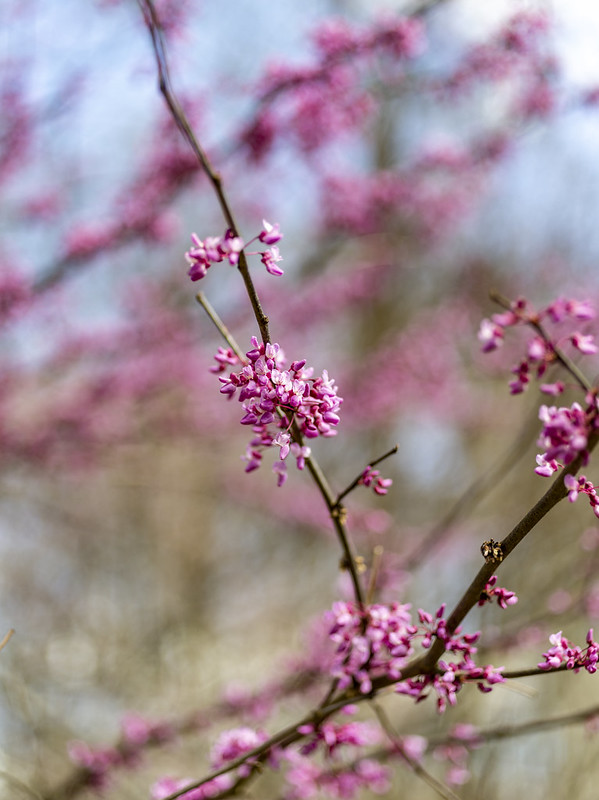
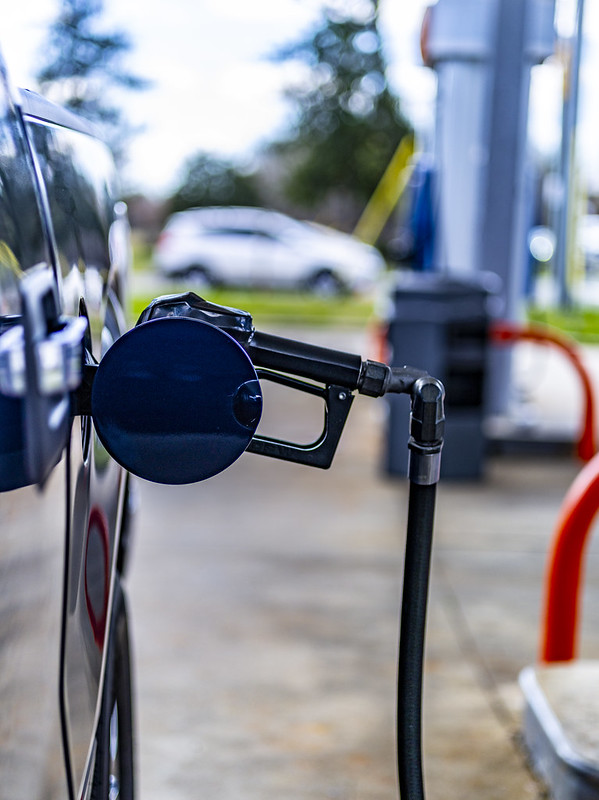
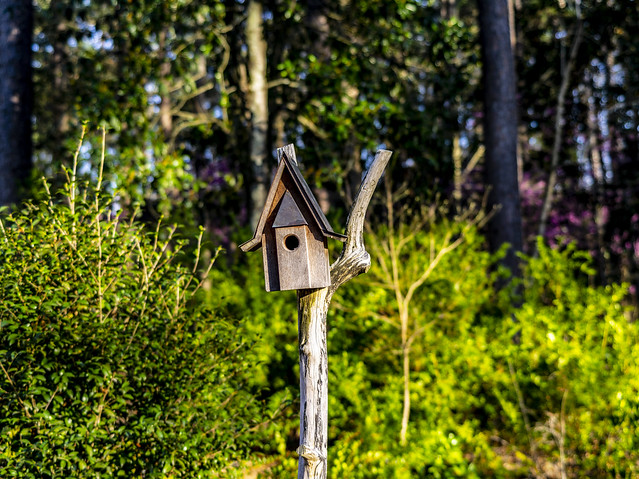

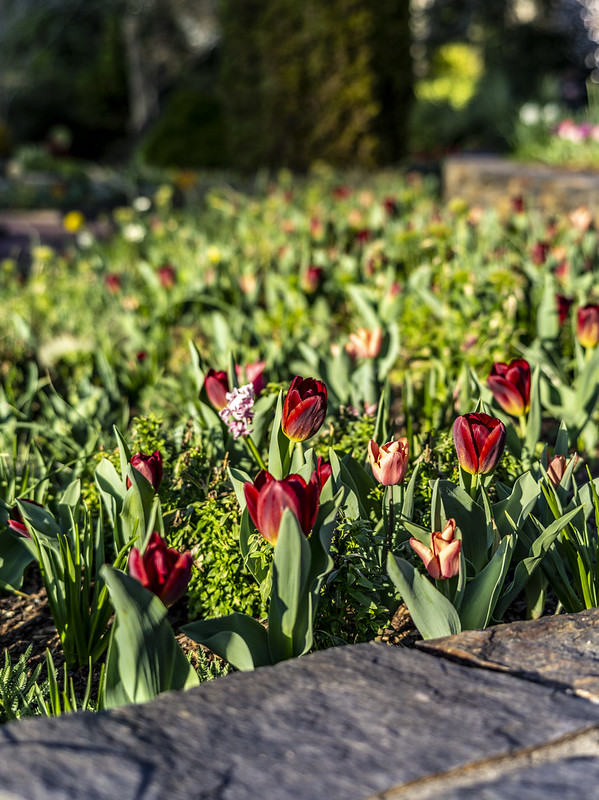

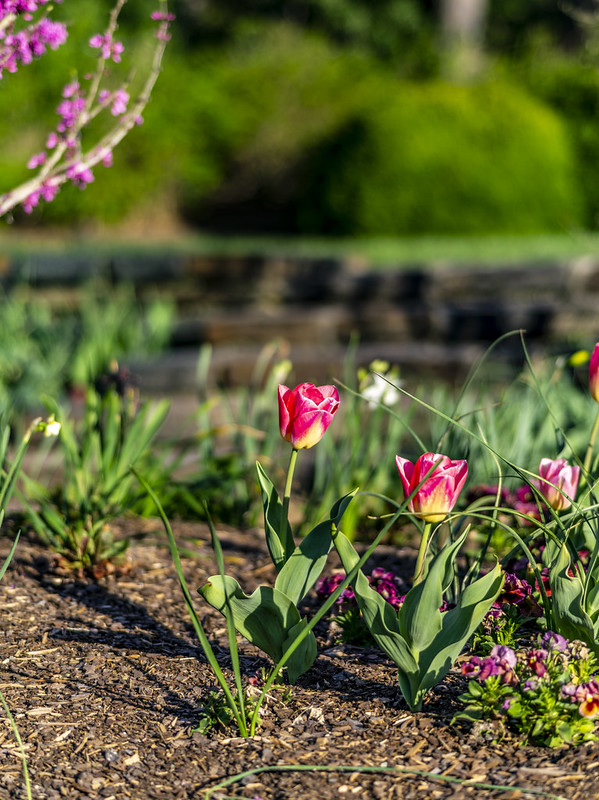



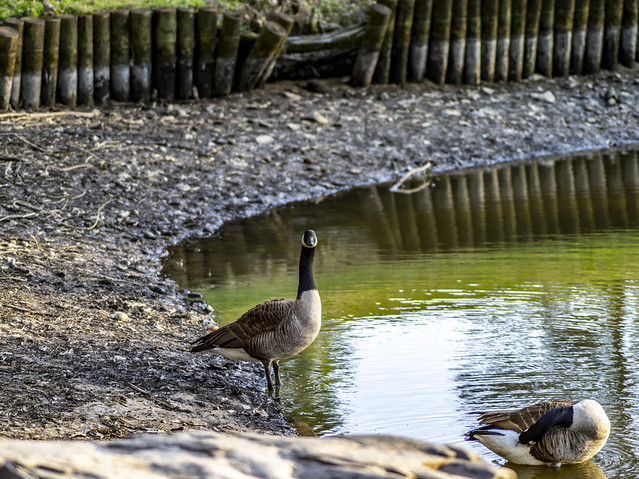



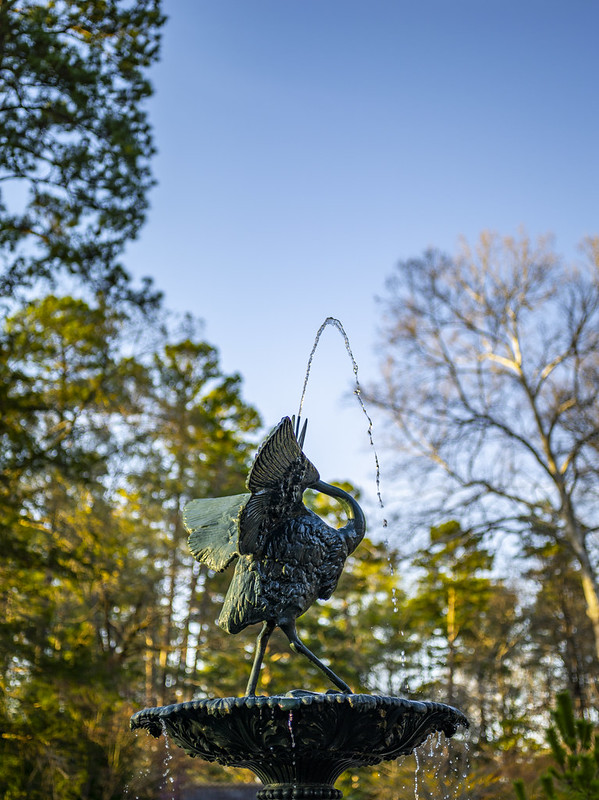










16 Replies to “Vintage Digital (Medium Format): Pentax 645D. Warning… This is a ramble fest.”
Comments are closed.